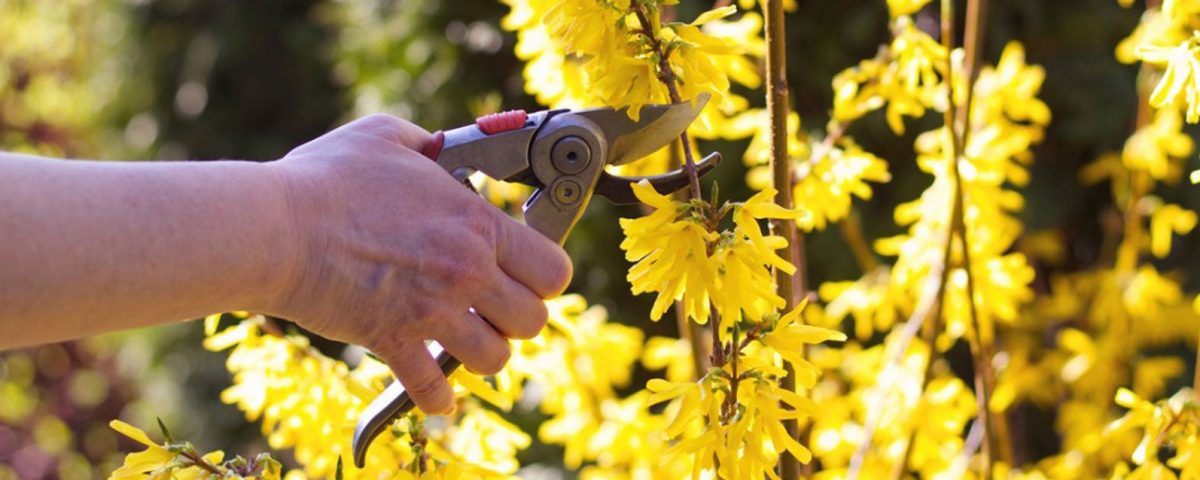Never Prune These Plants in Early Spring

Thrillers, Spillers, and Fillers
March 28, 2024
The Art of Vertical Gardens
May 9, 2024Never Prune These Plants in Early Spring
Spring fever not only inspires us to freshen up our homes but also to revitalize our gardens. As the sun shines brighter and temperatures warm, the urge to pick up shears and pruners can be irresistible. However, it’s crucial to exercise caution, especially when it comes to flowering plants. Pruning certain plants too early in the season can inadvertently remove their buds, leading to a lacklustre bloom or even no blooms at all until the following year. There are a few plants you should never prune in the early spring.
Understanding which plants should not be pruned is key to maintaining a vibrant and healthy garden. If you avoid premature pruning and follow proper pruning techniques, you can ensure that your garden will flourish throughout the season. So, before you embark on your spring pruning spree, be sure to take note of which plants you should never prune in the early spring.
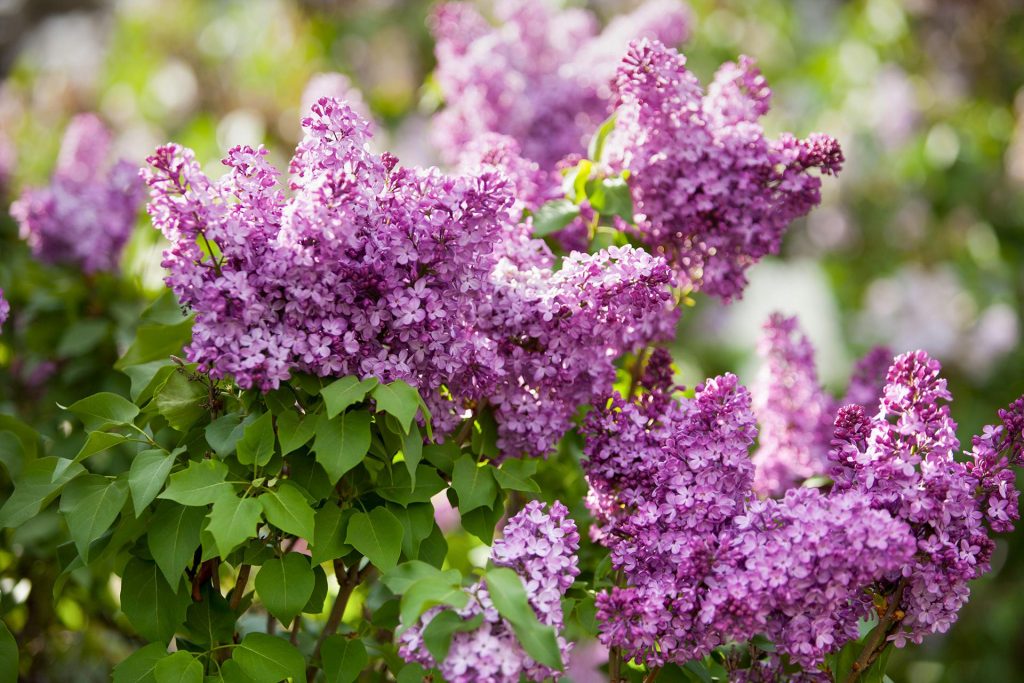
Lilacs
Never prune lilacs before they bloom. Pruning immediately after their blooms finish is crucial. The buds for next year’s flowers form right after the flowers fade. If you delay pruning too long, you may miss out on next year’s blooms. Removing dead, damaged, or diseased stems is a good idea, but do not remove more than one-third of the bush at a time. Old stems thicker than two inches can be completely cut off, leaving 10 or 12 main stems. Failure to prune correctly can result in overly tall growth with flowers only at the tips.
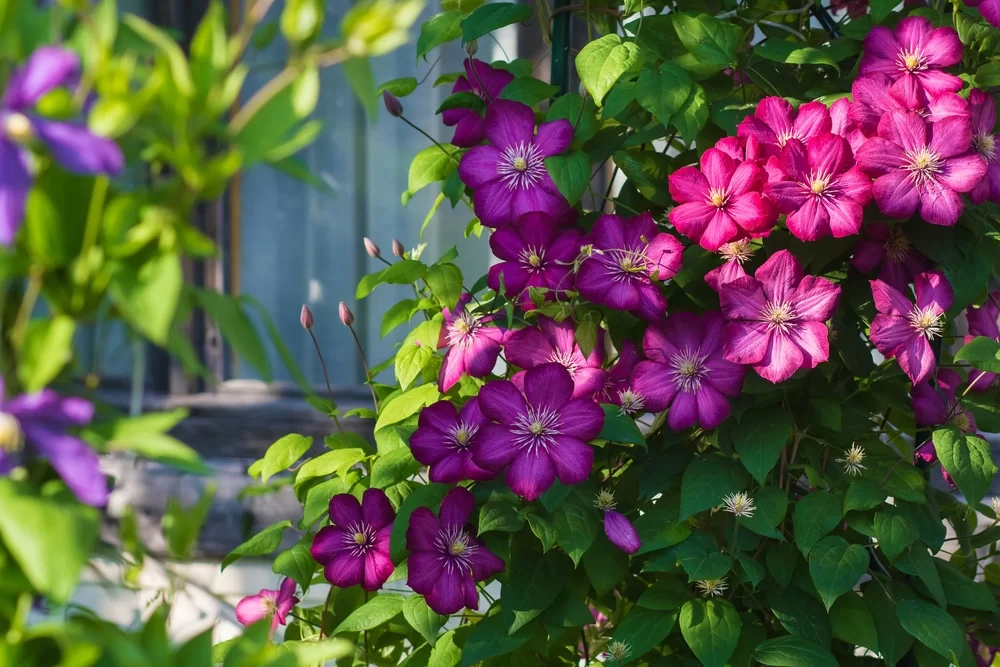
Clematis
Knowing when your clematis blooms is crucial for determining when to prune. If your clematis blooms in early spring, prune it to shape it just after the flowers fade. Avoid cutting out old woody stems, as spring bloomers produce buds on them. Large, flowering clematis that bloom in mid-spring can also be pruned for size after their flowers have faded.
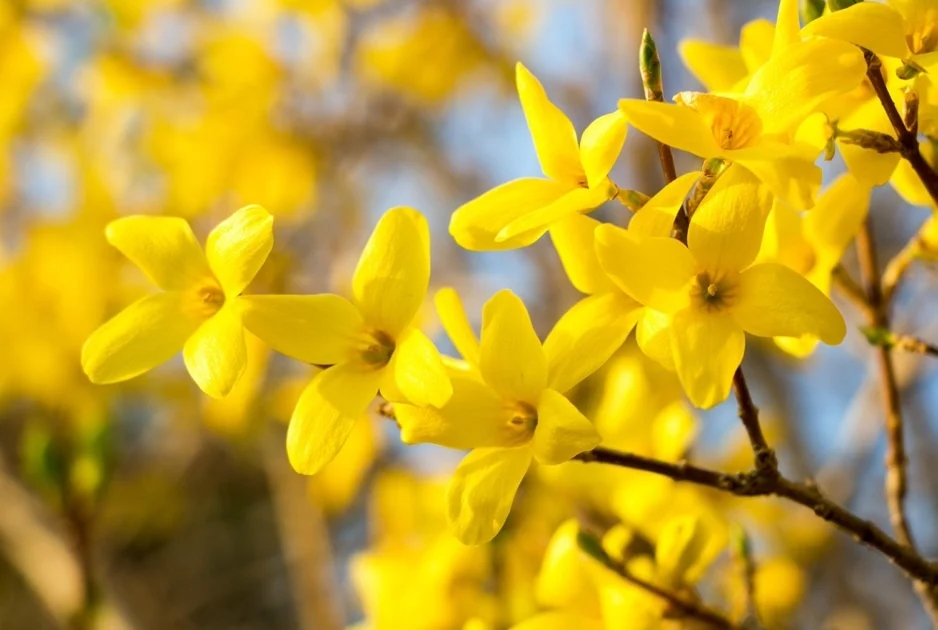
Forsythia
The brilliant yellow blooms of forsythias are a sight to behold in spring but never prune these shrubs early in the season. Since forsythia buds form on old branches, wait until the flowers have opened and faded before you trim. Keeping the natural shape of your forsythia intact is essential. If it is trimmed into a hedge, it can reduce the number of buds it sets.
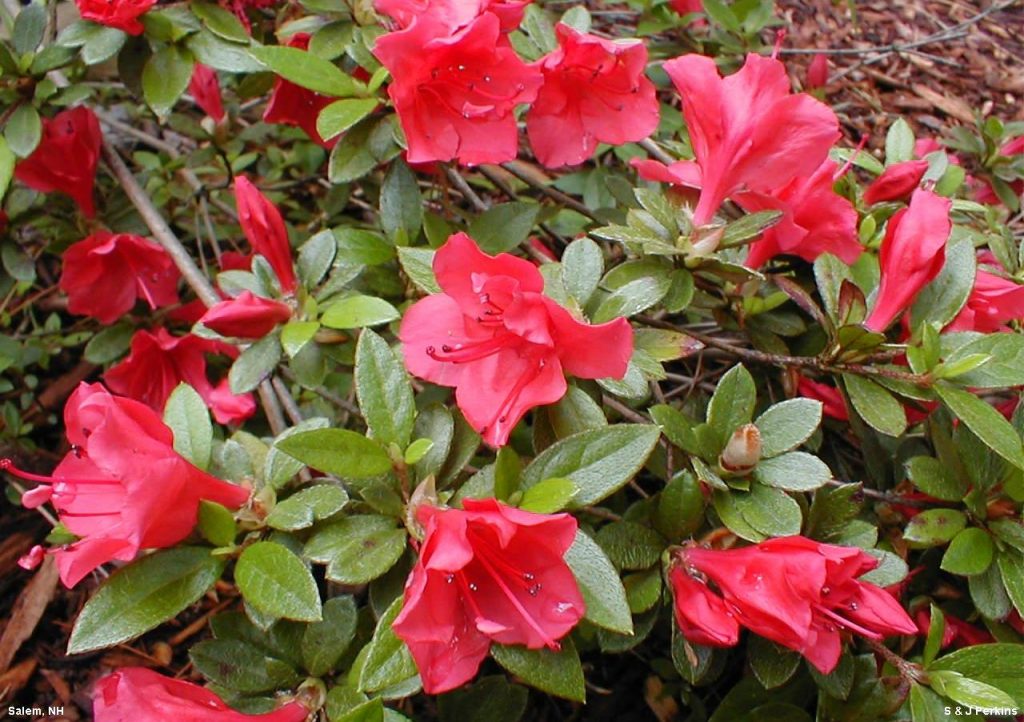
Azaleas
Azaleas are prized for their vibrant spring blooms, but proper pruning is essential for optimal growth and flowering. Wait to prune until after the blooms have faded to avoid losing the next cycle of flowers. Use sharp, clean shears to remove dead or diseased branches and improve air circulation. Never prune more than one-third of the plant at a time to prevent stress and encourage healthy growth. With careful pruning, your azaleas will thrive and provide a stunning display of flowers year after year.
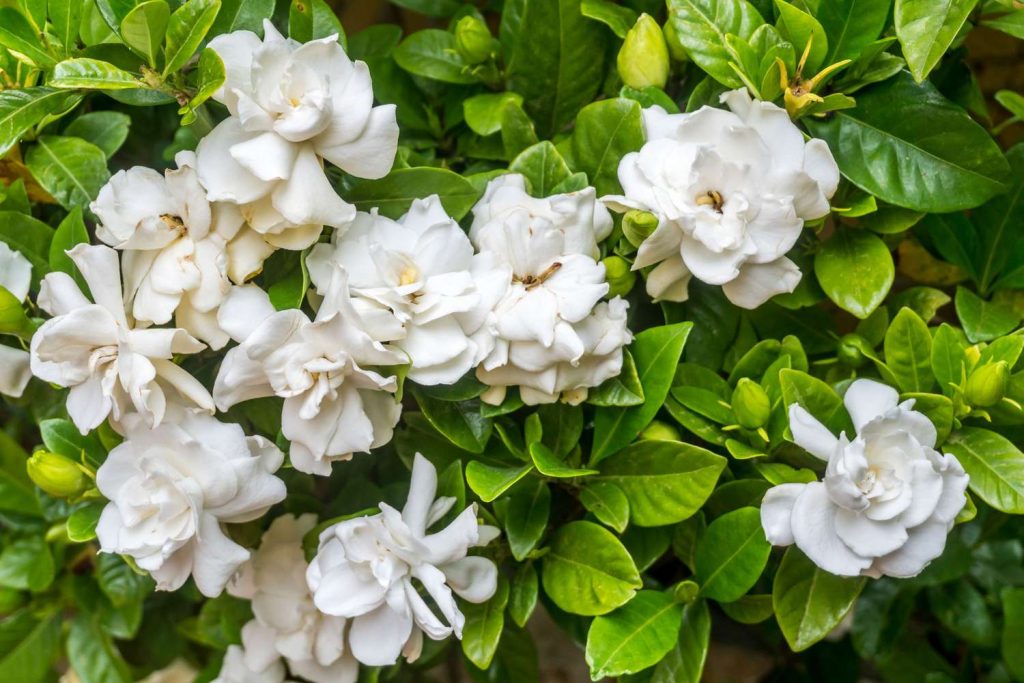
Gardenia
Gardenias produce snowy-white blossoms with a delightful fragrance when they open in late spring or fall. Some gardenias form their flower buds on both old and new wood. While some even bloom more than once a year. If you are unsure about the type of gardenia you have, never prune in early spring to avoid losing some or all of your flowers. Wait until immediately after the flowers have died to prune.
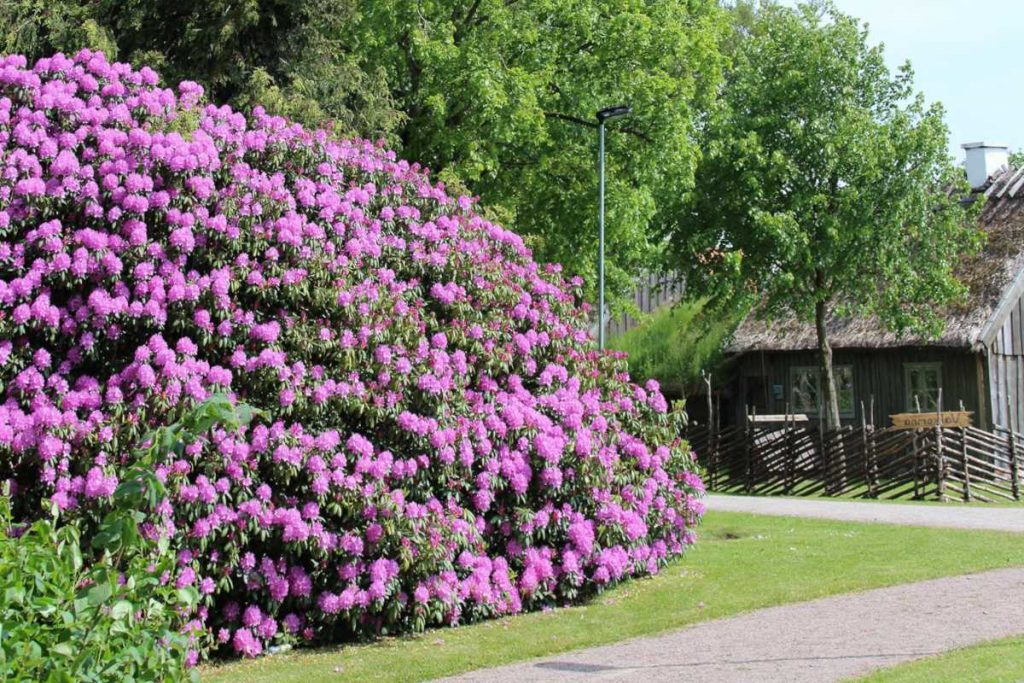
Rhododendron
Rhododendrons bloom on old branches, so you should never prune them in early spring. The first flush of flowers in spring will open on the previous year’s branches. After they finish blooming, lightly trim the plant to stimulate new growth, which will yield more flowers later in the season. Rhododendrons that do not rebloom should also be pruned just after the flowers shrivel and fade.

Oakleaf Hydrangea
Oakleaf hydrangeas are known for their large blooms and distinctive foliage. To prune them, wait until after the blooms fade to avoid cutting off next year’s flowers, as they set buds on old wood. Light pruning can be done to control size, but avoid heavy pruning to ensure abundant flowering. With proper care, these shrubs will continue to thrive and delight with their beautiful blooms.
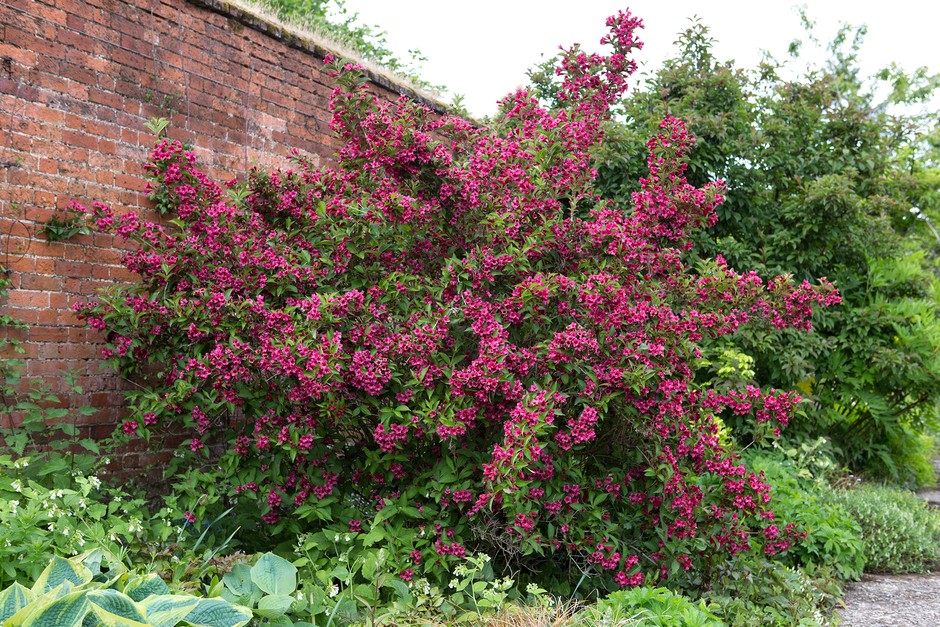
Weigela
Weigela shrubs form buds on year-old wood, so prune them just after the flowers have finished blooming in late spring or early summer. Pruning too late in the season can remove the growth that would produce the next year’s flowers. If your weigela isn’t doing well, you can trim it back to 4″ from the ground to stimulate new growth.
In Conclusion
While the urge to prune is strong, it’s essential to know which plants should never be pruned in early spring. By following these guidelines and understanding the specific needs of each plant, you can ensure a vibrant and healthy garden throughout the season. So, before you grab your pruners, take a moment to consider the needs of your plants and prune with care to preserve their beauty and promote their growth.
Looking for more tips on gardening?
Check out How to Prep Your Garden for Spring, How to Create a Fairy Garden, the art of Thrillers, Spillers, and Fillers, and How to Start your own Greenhouse.
The Susan & Moe Team hopes you enjoy your spring season!
Is it time to find a new home with a better outdoor space? Contact us!


